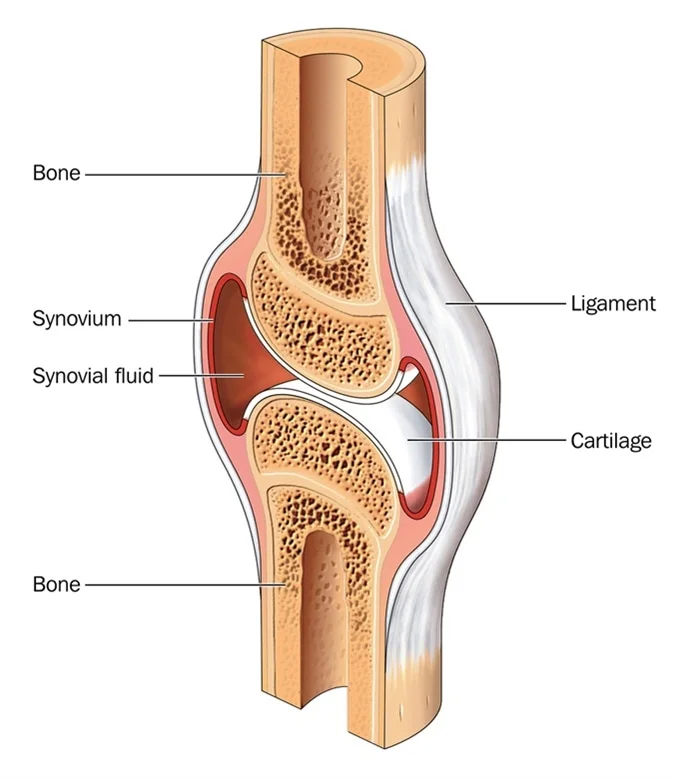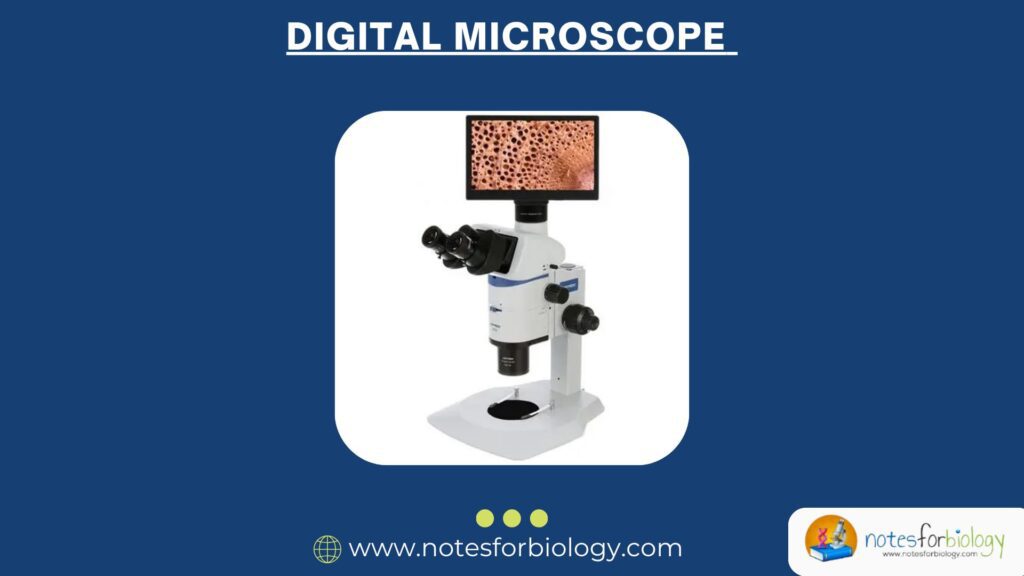Introduction
Bone and cartilage are highly specialized types of connective tissue that play essential roles in supporting, connecting, and protecting various structures within the body. They are essential for protecting internal organs, with bones forming protective cavities like the skull and ribcage, while cartilage supports flexible structures like the nose, ears, and trachea. Bone and cartilage are capable of limited regeneration, though bone has a greater healing capacity due to its vascular supply, while cartilage repair is slower because of its avascular nature. Bone and cartilage are crucial for overall mobility, stability, and physiological function, making their health vital for movement, posture, and organ protection. A combination of bones and cartilages forms the skeletal system.

Summary of Bone and Cartilage
- Bone and cartilage are essential for protecting internal organs, with bones forming protective cavities like the skull and ribcage, while cartilage supports flexible structures like the nose, ears, and trachea.
- Bone and cartilage are capable of limited regeneration, though bone has a greater healing capacity due to its vascular supply, while cartilage repair is slower because of its avascular nature.
- Bone and cartilage are crucial for overall mobility, stability, and physiological function, making their health vital for movement, posture, and organ protection.
Table of Contents
Bone

Bone is a rigid and dynamic connective tissue that forms the skeletal framework, providing structural support, facilitating movement through muscle attachment, and protecting vital organs such as the brain, heart, and lungs. It is composed of a dense extracellular matrix reinforced with calcium phosphate crystals, giving it exceptional strength and hardness. Additionally, bone serves as a reservoir for minerals, particularly calcium and phosphorus, and contains bone marrow, which is crucial for hematopoiesis (blood cell production).\
Cartilage

Cartilage, on the other hand, is a flexible and resilient connective tissue that is softer than bone but more rigid than muscle. It is found in joints, the respiratory tract, and the external ear, where it provides cushioning, reduces friction between bones, and maintains structural shape. Unlike bone, cartilage lacks blood vessels and nerves, relying on diffusion for nutrient supply, which contributes to its limited regenerative capacity. There are three main types of cartilage hyaline, elastic, and fibrocartilage each with distinct properties suited to their specific functions in the body.
Difference Between Bone and Cartilage
| S.N. | Feature | Bone | Cartilage |
|---|---|---|---|
| 1 | Definition | Bone is the hard, solid part of our body that forms the skeleton and gives us shape and support. | Cartilage is a soft, rubbery tissue that cushions our joints and gives shape to parts like the nose and ears. |
| 2 | Rigidity | Bone is very hard and tough because it contains minerals like calcium. | Cartilage is softer and more flexible, which helps it absorb shocks and allow smooth movement. |
| 3 | Matrix Composition | The matrix of bone is made up of calcium salts and collagen, which makes it strong and durable. | Cartilage has a gel-like matrix made of water, collagen, and proteins that make it flexible but firm. |
| 4 | Type of Cells | Bones have different types of cells like osteocytes (maintain bone), osteoblasts (build bone), and osteoclasts (break bone). | Cartilage only has one type of cell called chondrocytes, which live inside small spaces in the matrix. |
| 5 | Blood Supply | Bones have many blood vessels that supply nutrients and oxygen, which helps them grow and heal faster. | Cartilage has no blood vessels, so it gets nutrients slowly through diffusion, making healing much slower. |
| 6 | Nerve Supply | Bones have nerves, which is why a bone injury can be very painful. | Cartilage doesn’t have nerves, so it usually doesn’t hurt unless it affects surrounding tissues. |
| 7 | Marrow Presence | Inside some bones is bone marrow, which produces blood cells and stores fat. | Cartilage doesn’t have any marrow or space for blood cell production. |
| 8 | Healing Ability | Because of its good blood supply, bone can heal itself relatively quickly after a fracture. | Cartilage heals very slowly due to the lack of blood supply, which is why joint injuries take longer to recover. |
| 9 | Weight | Bones are heavy and dense because of the minerals they contain. | Cartilage is lightweight, which makes it ideal for parts that need to stay flexible. |
| 10 | Growth | Bones grow in thickness through a process called appositional growth, and they lengthen during childhood. | Cartilage can grow both from the inside and the outside, making it more adaptable during early development. |
| 11 | Function | Bones support the body, help us move, and protect vital organs like the brain and heart. | Cartilage reduces friction in joints, acts as a shock absorber, and maintains the shape of soft structures. |
| 12 | Location in Body | Bones are found in our arms, legs, skull, spine, ribs, and more. | Cartilage is found in the ear, nose, joints, windpipe, and between bones like in the spine. |
| 13 | Structure Type | Bone has a very organized structure with units called osteons or Haversian systems. | Cartilage has a simpler, more spread-out structure without such organized patterns. |
| 14 | Calcification | Bone undergoes calcification, where minerals harden it and make it strong. | Cartilage normally doesn’t harden, except in aging or disease when it may calcify slightly. |
| 15 | Elasticity | Bones are not very flexible; they can break if forced too far. | Cartilage is more elastic and can bend slightly without breaking. |
| 16 | Lacunae Arrangement | In bone, the small spaces (lacunae) where cells live are arranged in neat rings. | In cartilage, lacunae are scattered randomly throughout the matrix. |
| 17 | Canaliculi (Tiny Channels) | Bones have small canals (canaliculi) that connect bone cells and help transport nutrients. | Cartilage doesn’t have these canals; cells get nutrients by diffusion through the matrix. |
| 18 | Covering Membrane | Bones are covered by a strong membrane called the periosteum that contains nerves and blood vessels. | Most cartilage is covered by a layer called the perichondrium, which helps in its growth and repair. |
| 19 | Mechanical Role | Bone acts like a solid framework that supports body weight and helps muscles with movement. | Cartilage works like a cushion and reduces stress on bones during movement. |
| 20 | Role in Growth and Development | Bones replace cartilage during growth through a process called ossification, forming the adult skeleton. | Cartilage forms first in the embryo and acts as a model or guide for where bones will develop. |
Conclusion
Bone and cartilage are indispensable components of the human body, working together to provide structural support, facilitate movement, and protect vital organs. While bone offers rigidity and strength, enabling load-bearing and mineral storage, cartilage ensures flexibility and shock absorption, allowing smooth joint function and maintaining the shape of certain body structures. Despite their differences in composition and regenerative capacity, both tissues play a critical role in maintaining skeletal integrity and overall mobility. Their health is essential for proper biomechanical function, highlighting the importance of nutrition, exercise, and injury prevention in preserving their functionality. Together, bone and cartilage exemplify the remarkable adaptability of connective tissues in meeting the body’s structural and physiological demands.
Frequently Asked Questions (FAQs)
What is the function of cartilage and bone?
Bone and cartilage are essential for protecting internal organs, with bones forming protective cavities like the skull and ribcage, while cartilage supports flexible structures like the nose, ears, and trachea.
Which type of tissue is bone and cartilage?
Bone and cartilage are specialized connective tissues that provide structural support. Bone is a hard, vascular tissue with a calcified matrix, forming the skeleton, while cartilage is a flexible, avascular tissue with a rubbery matrix, cushioning joints and shaping structures like the nose and ears. Both originate from mesenchymal cells but differ in rigidity, composition, and repair capacity.
How bone and cartilage are similar?
Both are connective tissues that provide structural support, contain living cells in a matrix, and develop from mesenchymal stem cells. While bone is rigid and mineralized, cartilage is flexible, but both work together to maintain body shape and enable movement. They are essential for forming the skeletal framework and cushioning joints.
Related Articles




